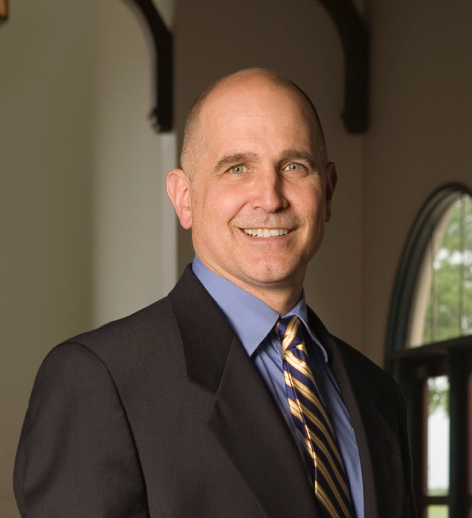I’ve often wondered what makes it so hard for many families to find closure after a tragedy when there is no body. Now, to be clear, I’m not questioning the trauma of losing a family member to 9/11 or to a kidnapping or to genocide. I’ve wished to better understand what makes a mother exclaim “just find me a bone so that we can provide him a proper burial” during South Africa’s post-apartheid Truth and Reconciliation Commission (in Desmond Tutu’s No Future without Forgiveness), for example.
Thanks Ma Fab on Unsplash
And then this happened…
A little while back, I received a celebratory mylar balloon. After a week, the deflated balloon found its way to the floor and, curious to see if it would come a little off the floor again, I cut off its string and weight. And the phone rang. I turned around to answer it and forgot about the balloon. A few hours later, I went looking for the balloon.
I looked around the living room; no balloon. The kitchen; no balloon. The bedroom; no balloon. Hum…. My front and back doors were open, so I laughed at the idea that the balloon had gone for a stroll outside. I went looking out the back; no balloon. And out the front in our closed courtyard; still no balloon. Where had it gone? It could not have flown away as even without the string it was barely hovering off the ground.
So, I took another investigative tour of my place and the yards. And when I did not find anything, I wrote off the balloon.
But, no. My mind kept coming back to it, asking “where did the balloon go?” “What happened to the balloon?” “How could it have disappeared?” “Maybe it’s still out there somewhere and I missed it.”
And this is when it hit me. I’m struggling to let go the unknown whereabouts of a silly mylar balloon. No wonder some families can hold on so tightly to the idea that their loved one may still be “out there, somewhere.” No wonder it’s difficult to create closure without the confirmation of a body. If my mind can create so many stories about a mylar balloon, I cannot imagine what these families must go through.
Yes, it's a mylar balloon that helped me empathize with the plea I hope to never experience of making peace with a family member's disappearance. What are you learning this month? What can you understand thanks to something as insignificant as a mylar balloon?






